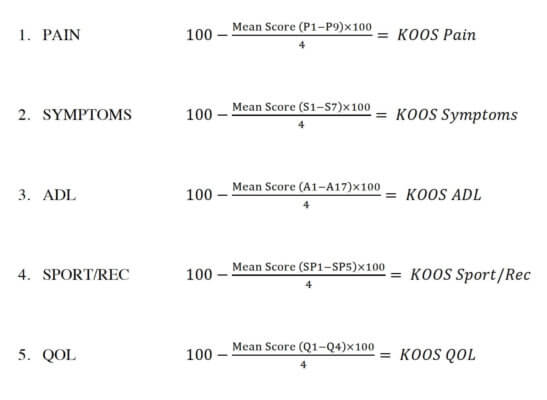The WHOQOL group defines the quality of life as a person’s perception of their position in life, in the context of the culture and value system in which they live, and in relation to their goals, expectations, standards, and concerns. For them, quality of life is thus subject to subjective assessment, embedded in a cultural, social, and environmental context. The WHOQOL-100 and WHOQOL-BREF were developed on this basis.2
The WHOQOL-BREF is a Patient-Reported Outcome (PRO) instrument that can assess the global health status of patients independently of disease across 4 health domains with 24 different domain aspects. Overall, it includes the 26 most important of its predecessor’s 100 questions, representing a considerable and necessary reduction.2 The patient’s recall period covers the past 2 weeks. The WHOQOL-BREF is one of the best-known instruments that has been developed for cross-cultural comparisons of quality of life and is available in more than 40 languages.3 – 6

